
5 Simple Ways to Reconnect with Nature
In today’s fast-paced world, filled with constant digital distractions and the hum of city life,

Compost! You have heard whispers of it before! It’s that thing you find on farms or at the homes of tree huggers. What is it? Why is it important? I shall answer.
Composting is the microbial decomposition that happens with anything that grows. This occurs naturally in nature but can be sped up by creating an environment that is conducive to the process.
The result is “black gold” which is a nutrient-rich substance that can be added to any soil as a natural fertilizer.
Why is composting important you ask?
When you throw your food waste into the regular garbage it ends up in a landfill. Food cannot decompose there because it needs water, oxygen, the perfect nitrogen to carbon ratio and a slight mixing from time to time!
When compost does not break down, it slowly starts to release methane. Methane released into the atmosphere before it is burned is extremely harmful to the environment. How? It traps heat in the atmosphere which contributes to climate change.
The simple fix? COMPOST!
To start, you will need a BPA-free bucket or bin.
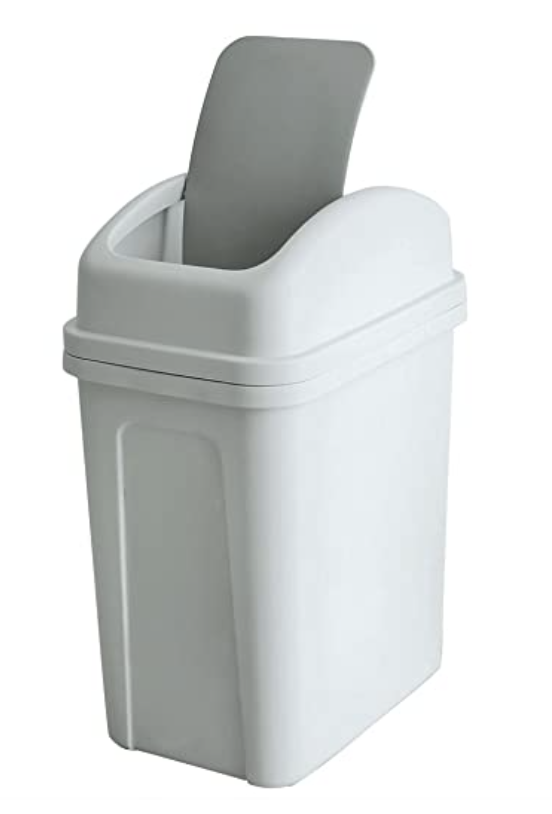
I prefer one with a lid, especially if you’re placing it on a balcony.
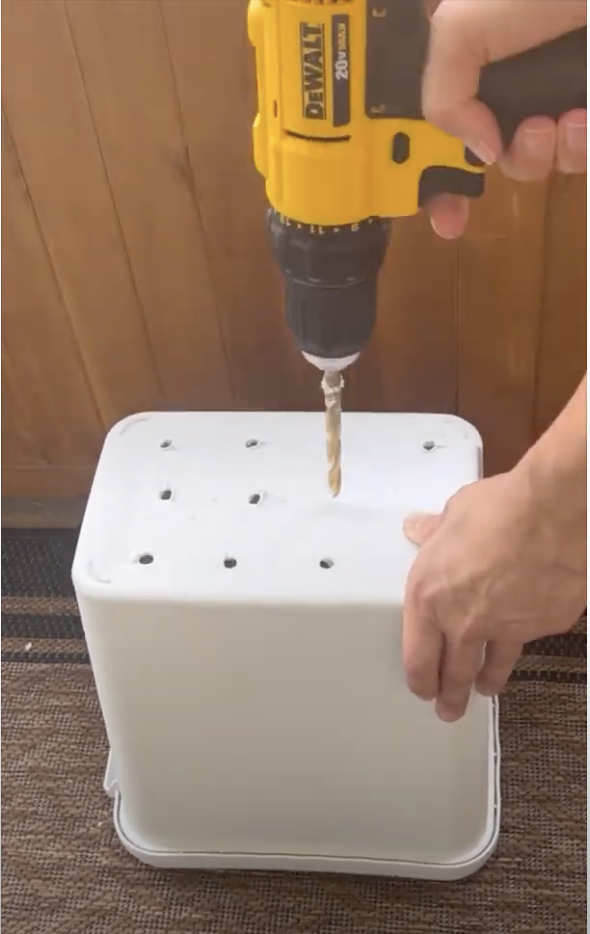
Next, you need to make sure there are holes in your bin. The bacteria that breaks down leaves and other yard waste requires air to function.
Once your bucket is ready, layer your 2 main ingredients: Browns and Greens, also known as Carbon and Nitrogen-rich ingredients.
| Browns = Carbon | Greens = Nitrogen |
|---|---|
| – Dead or dry leaves – Twigs – Bark – Wood chips – Pine needles – Sawdust – Straw or hay | – Vegetables – Fruits – Egg – Shells – Manure – Grass clippings – Most food waste – Coffee grounds – Plant trimmings – Animal Manures – Seaweed |
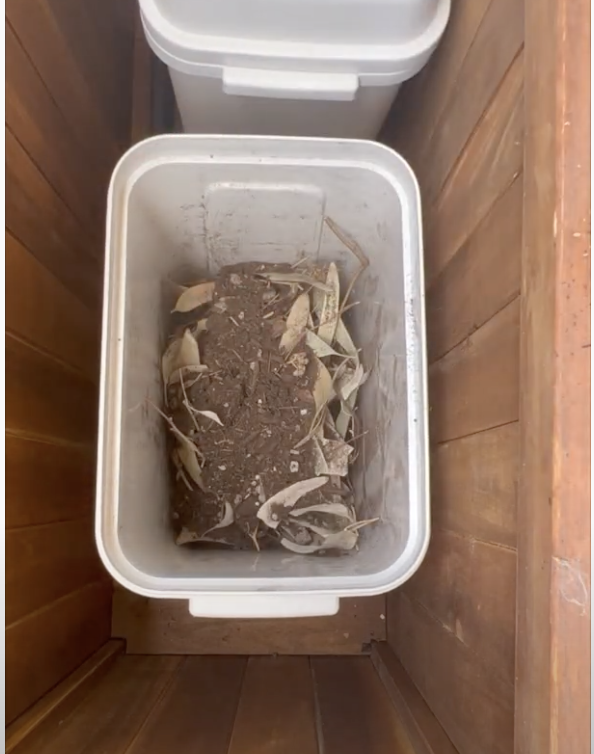
I recommend starting with your browns(carbon). This will create a base layer that allows oxygen in.
I also sprinkle on OMRI listed soil to provide a boost of microbes. This will act as an insecticide as well.
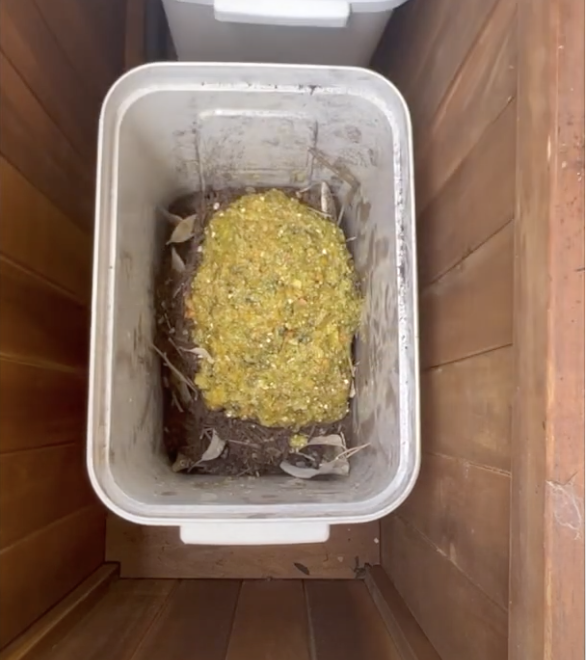
Next, add your greens(nitrogen).
Ensure that everything you put into your pile or bin is broken down into small pieces. (I like to blend mine before adding it but this is not necessary.)This will make the golden soil accessible faster.
Note that you will need more browns than greens!
25-30 parts carbon to 1 part nitrogen
| DO NOT ADD |
|---|
| – Glass – Dairy – Meat – Wax paper – Diseased plants – Diapers – Chemical treated yard trimmings – Coal ashes – Bbq charcoal |
The last step is to create a natural bug repellent! This is especially important for balcony and urban composting.
First, I sprinkle OMRI listed diatomaceous earth ( https://amzn.to/3MNOipb ) directly on top of my pile. This acts as an insecticide and deodorizer! Lastly, I spray essential oils around my bin to be extra proactive! The last thing you want is an infestation of cockroaches. The below recipe contains scents that are unappealing to the sharp sense of smell.
| Bug Repellent Recipe |
|---|
| 4 parts water 1 part vinegar https://amzn.to/3yUGRXJ 10 drops of tea tree oil https://amzn.to/3SfI3Ma 10 drops of lavender oil https://amzn.to/3ziOh7p 10 drops of peppermint oil https://amzn.to/3yUvyii 10 drops of eucalyptus oil https://amzn.to/3MNWbe8 |
I spray around my compost area weekly.
If you start having a pest infestation, browns can be added until there is no food showing. This also aids in odor prevention.
Mix your pile once a week, and there you have it! An easy way to reduce landfill, create nutrient-rich soil for your outdoor garden/indoor jungle and save our earth.
Please check out my video tutorial below.

In today’s fast-paced world, filled with constant digital distractions and the hum of city life,

Ah, dandelions. Those bright yellow flowers that sprinkle themselves over our lawns every spring. For
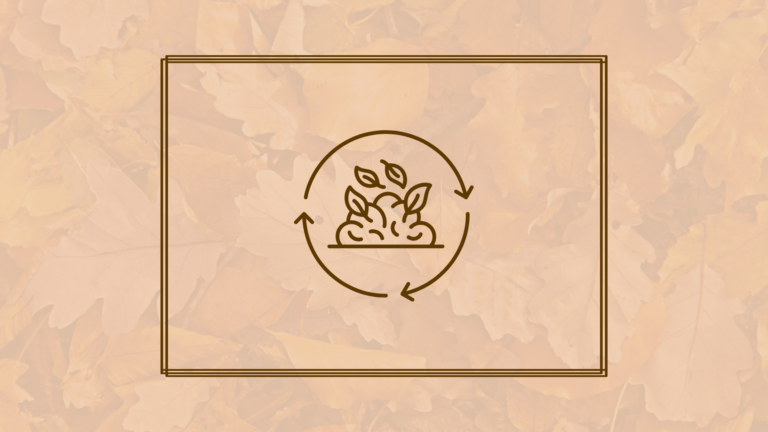
Compost! You have heard whispers of it before! It’s that thing you find on farms
Designed By CoreConcepts.